Attack on Titan" – what is it about this anime that makes it the most important anime of the 2020s?
The newer anime has ascended to the pedestal of legends.
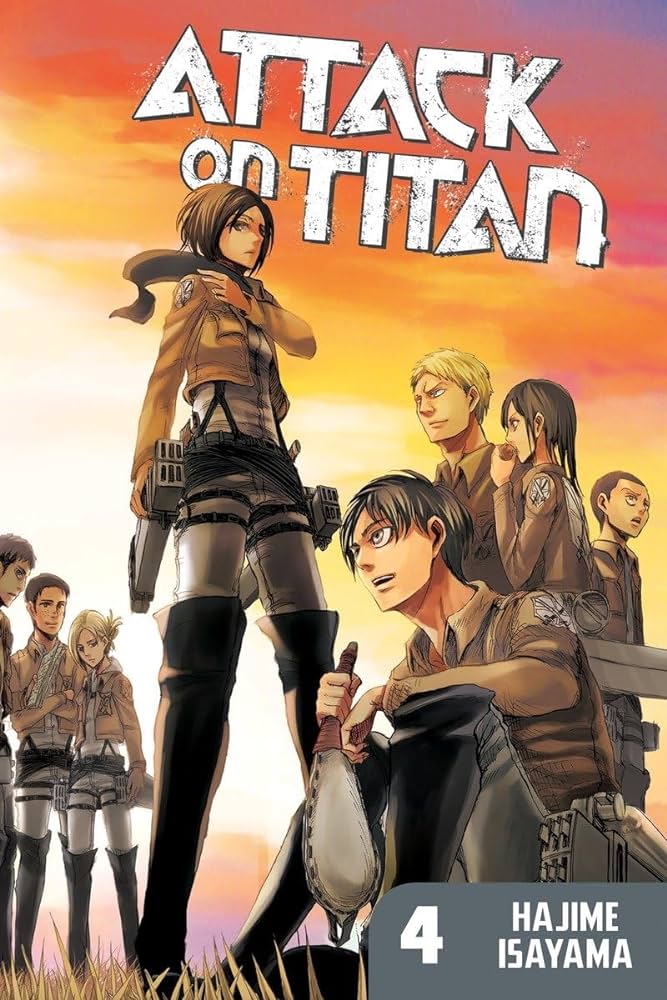
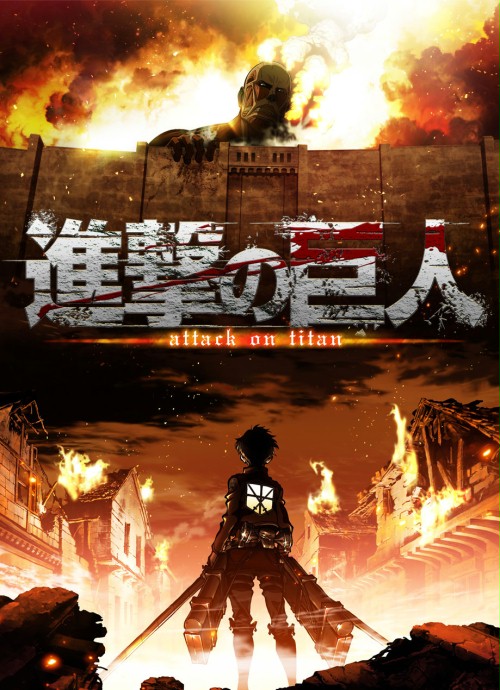
"Attack on Titan" extends beyond the traditional manga and anime markets in Asia, winning the hearts of fans worldwide. Its global success is impressive, especially when compared to other giants of the medium.
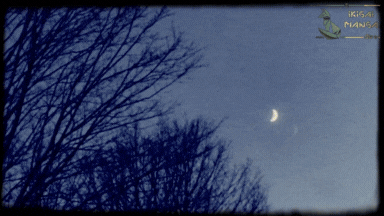
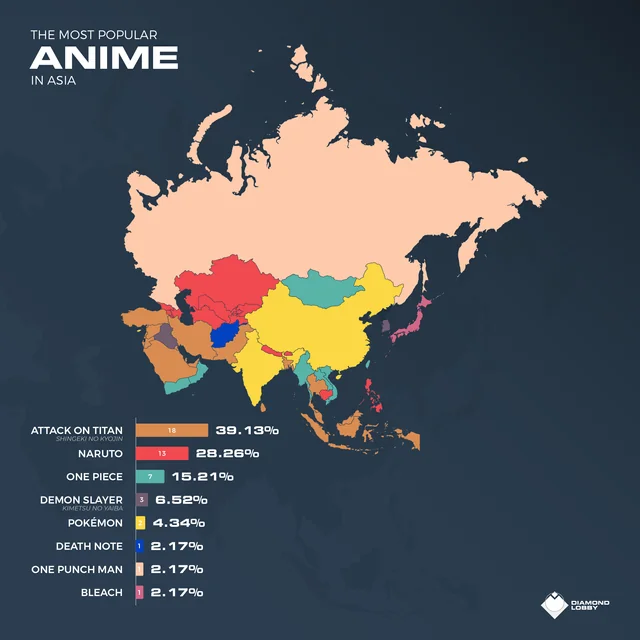
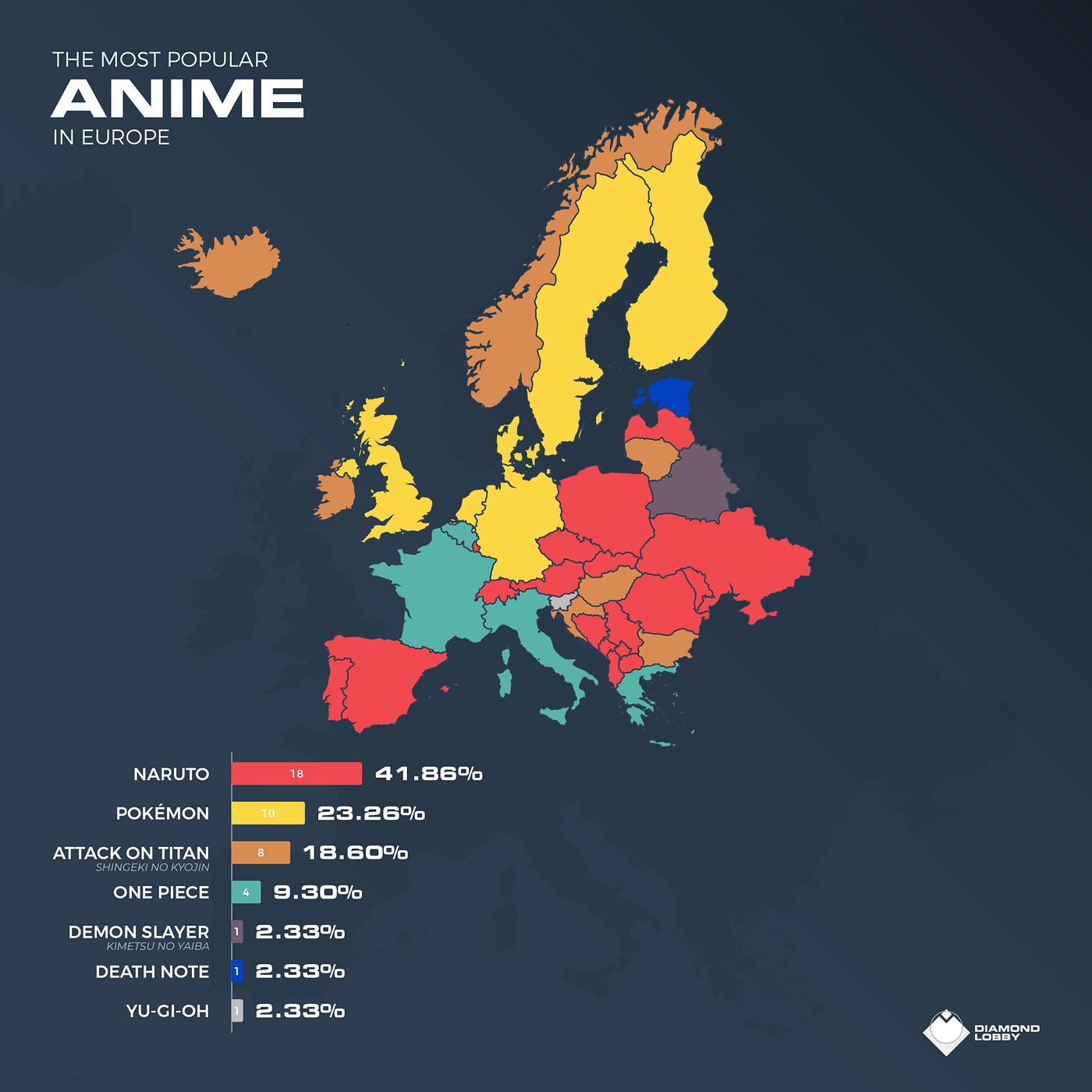
In today's article, we will try to answer the challenging question – what is it about "Attack on Titan" that, at an unmatched pace, gains fans around the world, becoming perhaps the most important anime of the early 2020s?
 The Author and Beginnings
The Author and Beginnings
Profile of Hajime Isayama, the manga's author
Hajime Isayama, born in 1986 in Ōita Prefecture, Japan, is the brain behind the phenomenon of "Attack on Titan". From a young age, he showed an interest in drawing and creating stories, dreaming of becoming a manga artist. He drew inspiration for "Attack on Titan" from various sources, including personal experiences of growing up in rural Japan, where isolation from the rest of the world and limited opportunities influenced his perspective and vision for creation. Other inspirations came from films and literature, including works like "Muv-Luv Alternative", which influenced the portrayal of monster invasions and the desperate fight for survival.
One of Isayama's key motivations was to depict human determination and complex moral dilemmas in the face of terrifying threats. He also wanted to explore themes of power, freedom, and identity within a closed community, which is reflected in the universe of "Attack on Titan".
 The Story of Creation and Broadcast
The Story of Creation and Broadcast
"Attack on Titan" debuted as a manga in the "Bessatsu Shōnen Magazine" published by Kodansha in September 2009. The series quickly gained popularity thanks to its unique storyline, intense suspense, and deeply developed characters, prompting the Wit Studio to adapt the manga into an anime.
The anime premiered in April 2013 and immediately became a global phenomenon. Dynamic action scenes, complex character motivations, and a dark and intriguing plot attracted a wide audience, both manga fans and new viewers. The success of the first season led to a quick green light for subsequent seasons.
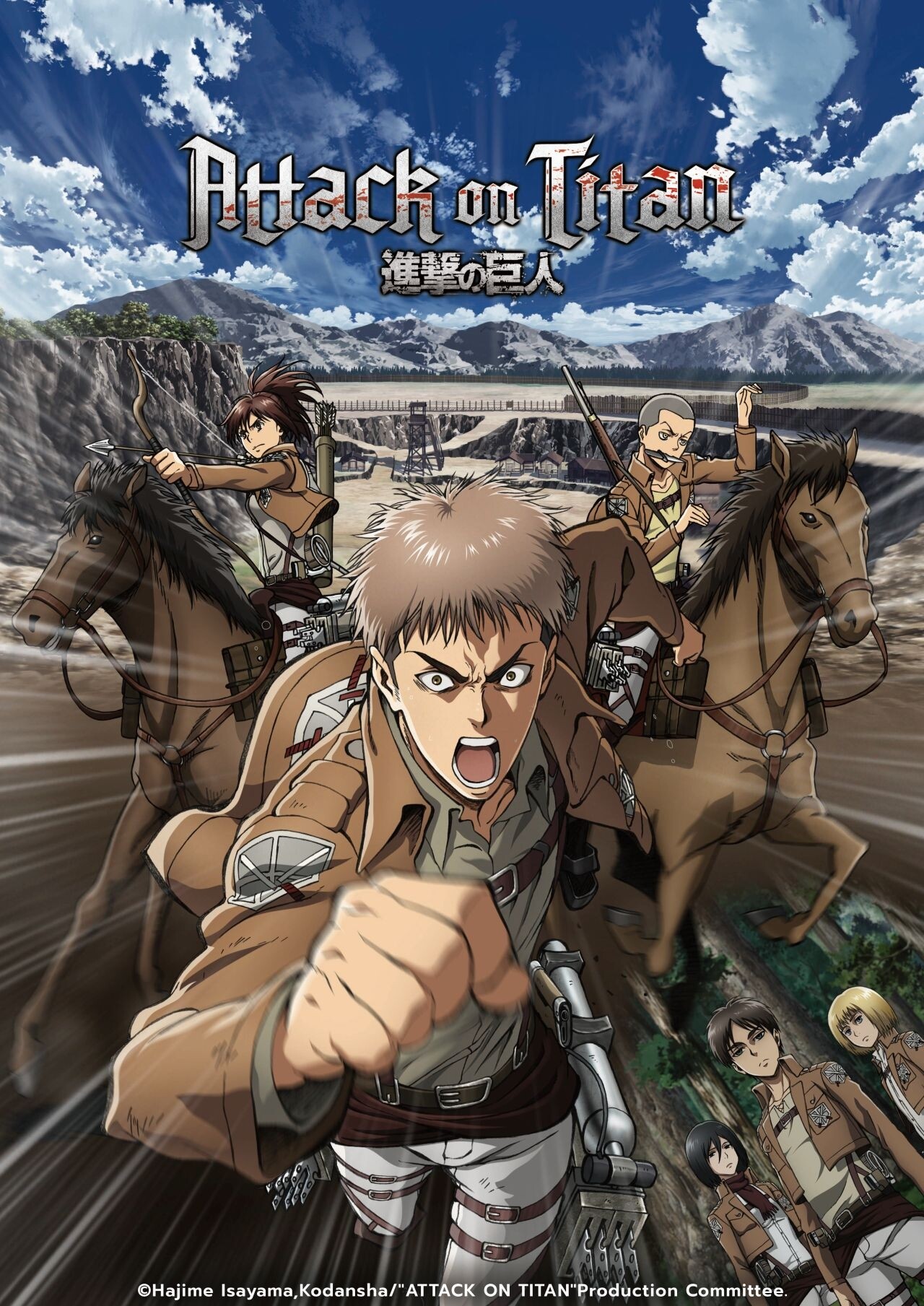
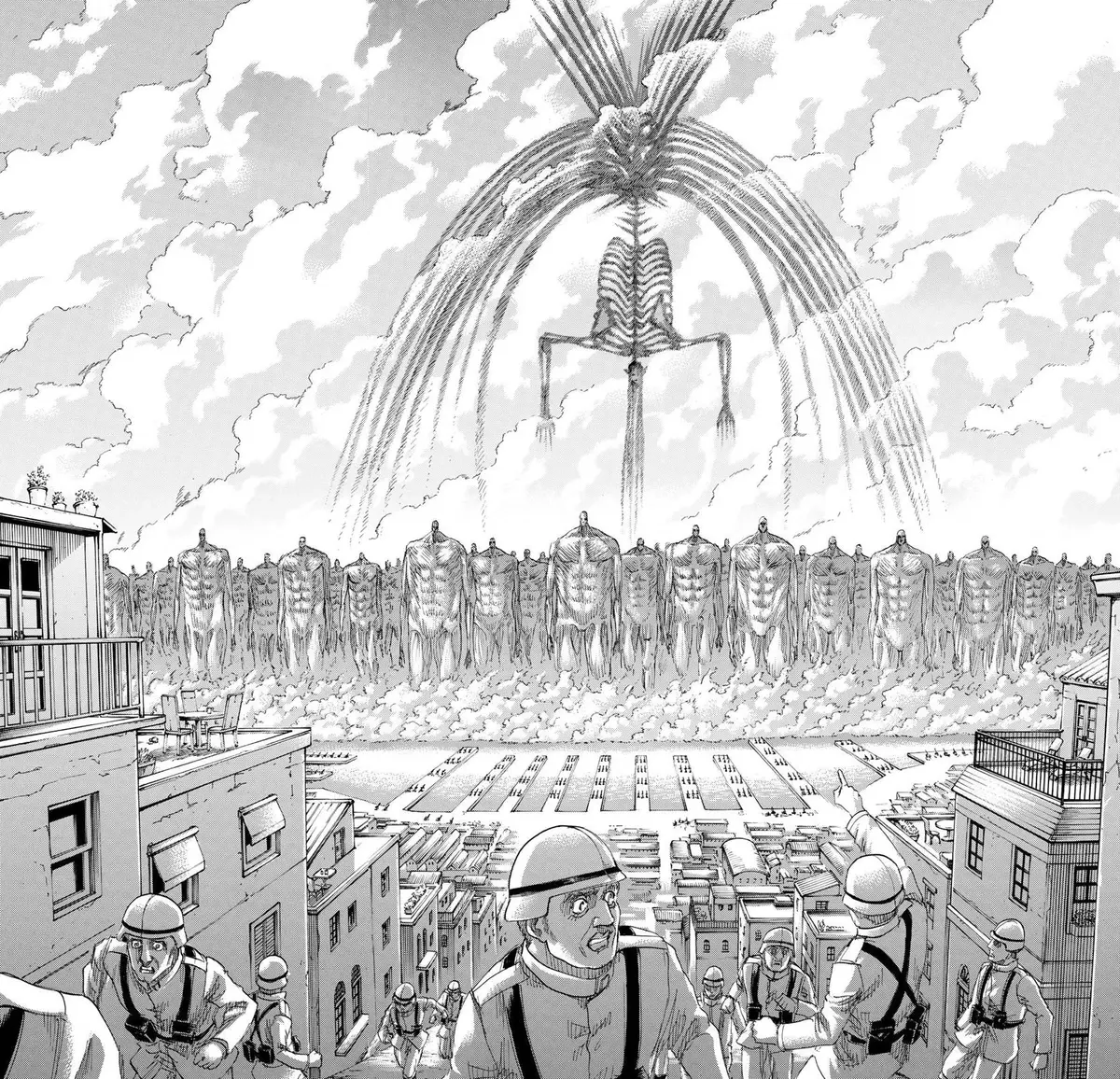
Attack on Titan" Plot and World
The Setting

Main Characters
 ▫ Eren Yeager: The main protagonist of the series, who vows to destroy all Titans as a child after witnessing his mother's death at the hands of one. His determination to fight and unwavering faith in humanity drive the plot. As the series progresses, Eren discovers the ability to transform into a Titan, placing him at the center of the conflict and mysteries surrounding the origin of the Titans.
▫ Eren Yeager: The main protagonist of the series, who vows to destroy all Titans as a child after witnessing his mother's death at the hands of one. His determination to fight and unwavering faith in humanity drive the plot. As the series progresses, Eren discovers the ability to transform into a Titan, placing him at the center of the conflict and mysteries surrounding the origin of the Titans.
 ▫ Mikasa Ackerman: Eren's adoptive sister, known for her exceptional combat skills. Mikasa is fiercely devoted to Eren and is prepared to defend him at all costs. Her background and life story reveal deeper layers of the conflict in the "Attack on Titan" world, including mysteries related to her family's bloodline.
▫ Mikasa Ackerman: Eren's adoptive sister, known for her exceptional combat skills. Mikasa is fiercely devoted to Eren and is prepared to defend him at all costs. Her background and life story reveal deeper layers of the conflict in the "Attack on Titan" world, including mysteries related to her family's bloodline.
 ▫ Armin Arlert: Eren and Mikasa's best friend, Armin is more reflective and prone to analysis than physical combat. His intelligence and ability for strategic thinking prove crucial for the group's survival and success multiple times. Armin's development from an insecure boy into one of humanity's most important strategic minds is one of the most moving elements of the series.
▫ Armin Arlert: Eren and Mikasa's best friend, Armin is more reflective and prone to analysis than physical combat. His intelligence and ability for strategic thinking prove crucial for the group's survival and success multiple times. Armin's development from an insecure boy into one of humanity's most important strategic minds is one of the most moving elements of the series.
Now that we have all the basic information – let's answer the question:
What makes “Attack on Titan” so unique?
 Genre Innovations
Genre Innovations
"Attack on Titan" stands out among other shonen anime and manga series with its unique approach to storytelling and stylistics. Several key aspects make this series groundbreaking:
▫ A Different Approach to the Shonen Genre: Traditionally, shonen manga and anime focus on adventures, the growth of the heroes' strength, and values such as friendship, determination, and striving for victory. "Attack on Titan" retains some shonen elements, such as young heroes and epic battles, but introduces much darker themes, including death, fear, moral ambivalence, and complex interpersonal relationships. This series does not shy away from presenting its heroes in no-win situations, forcing them to make difficult, often controversial decisions.
▫ Complex Characters and Moral Dilemmas: Characters in "Attack on Titan" are far from one-dimensional. Each has a rich background, motivations, and inner conflicts, adding depth to the overall narrative. The moral dilemmas faced by the heroes have no easy solutions and often require sacrifices. Such an approach to characters and plot makes viewers reflect on their own values and choices.
▫ Revolutionary Use of 3D Maneuver Gear in Action Sequences: One of the most distinctive elements of "Attack on Titan" is the 3D Maneuver Gear, which allows humans to fight Titans on previously impossible levels of dynamism. This innovative tool not only introduces a new quality to action scenes but also adds a unique visuality to the series. The complexity and fluidity of the animation in scenes utilizing this equipment significantly raise the bar for action animation, making "Attack on Titan" stand out among other anime productions.
 Art and Animation Technique in "Attack on Titan"
Art and Animation Technique in "Attack on Titan"
"Attack on Titan" has revolutionized the anime world not only through its narrative and themes but also through its unique approach to art and animation technique. There are several key aspects that distinguish this series visually:
Visual Style and Character Design
The graphic style of "Attack on Titan" is characterized by sharp lines, detailed backgrounds, and intense, often dark coloring, which emphasizes the dramatic tone of the series. Character designs are both diverse and expressive, allowing for easy differentiation of characters and understanding of their personalities and emotions. The distinct variety in the design of the Titans, from grotesquely exaggerated to terrifyingly realistic, adds a layer of tension and unpredictability.
Innovations in Action Animation
The use of 3D Maneuver Gear by characters required the series' creators to develop innovative animation techniques to convey the dynamics and fluidity of the characters fighting the Titans. The animation studio responsible, Wit Studio in the earlier seasons and later MAPPA in the final ones, employed a combination of traditional 2D animation with CGI elements to create breathtaking action sequences that have become some of the most iconic moments of the series. The characters' movements are not only fluid but also realistically convey the physics and limitations of human body, which makes battle scenes feel more authentic and intense.
The Use of CGI
Although the use of CGI (computer-generated imagery) in anime can be controversial, "Attack on Titan" is often cited as an example where these technologies have been used effectively and judiciously. CGI allowed for more complex scenes with Titans and expanded backgrounds while maintaining aesthetic consistency with the rest of the series. The integration of CGI with traditional 2D animation in "Attack on Titan" has set a new standard for the industry, demonstrating how these two techniques can complement each other to create spectacular visual effects.
Scenography and World
The world presented in "Attack on Titan" is characterized by immense attention to detail – from the architecture of the city-engulfing walls to the diversity and intricacy of environments beyond them. Every element of the set design has been crafted to enhance the atmosphere and depth of the portrayed world. The use of shading and lighting in particular accentuates the dramatic mood of the series, distinguishing "Attack on Titan" from other anime productions.
Innovations in Storytelling
"Attack on Titan" stands out in the anime world thanks to its storytelling innovations, which refresh the shonen genre and introduce elements rarely seen in this form of entertainment. This unique blend of factors has contributed to the series being recognized as one of the best anime works of all time.
 Constant Narrative Pressure
Constant Narrative Pressure
"Attack on Titan" is known for its unconventional narrative approaches. It avoids unnecessary fillers, focusing on a continuous, coherent, and dynamic story. This narrative discipline keeps the tension and viewer interest from beginning to end of the series, ensuring that every episode is significant to the main plot.
 Packed with Surprising Twists
Packed with Surprising Twists
The series also distinguishes itself with its approach to plot twists, which are a key element in keeping viewers on the edge of their seats. "Attack on Titan" does not shy away from challenging expectations and presenting surprising plot developments that often completely change the direction of the story. Such bold and daring turns not only surprise but also draw viewers even deeper into the presented world.
 Characters and Their Development
Characters and Their Development
The series also centers on character development, especially that of Eren Jaeger, whose journey from a determined hero to a character balancing on the edge of hero and anti-hero, poses important questions about the nature of heroism and sacrifice. This complex portrayal of characters, combined with their moral dilemmas, creates a rich and layered narrative that distinguishes "Attack on Titan" from other series.
 Genre Fusion
Genre Fusion
"Attack on Titan" combines various genres – from dystopia to historical fiction and mecha – creating a unique blend that appeals to a wide audience. This ability to blur genre boundaries allows the series to explore a variety of themes and ideas, making it one of the most innovative and influential anime in recent years.
Message and Themes of "Attack on Titan"
 Addressed Social and Political Issues
Addressed Social and Political Issues
"Attack on Titan" significantly engages viewers in reflection on deeper social and political issues. The story presented in the series shows a complex network of relationships between different factions of humanity, as well as internal conflicts within a society trapped behind walls.
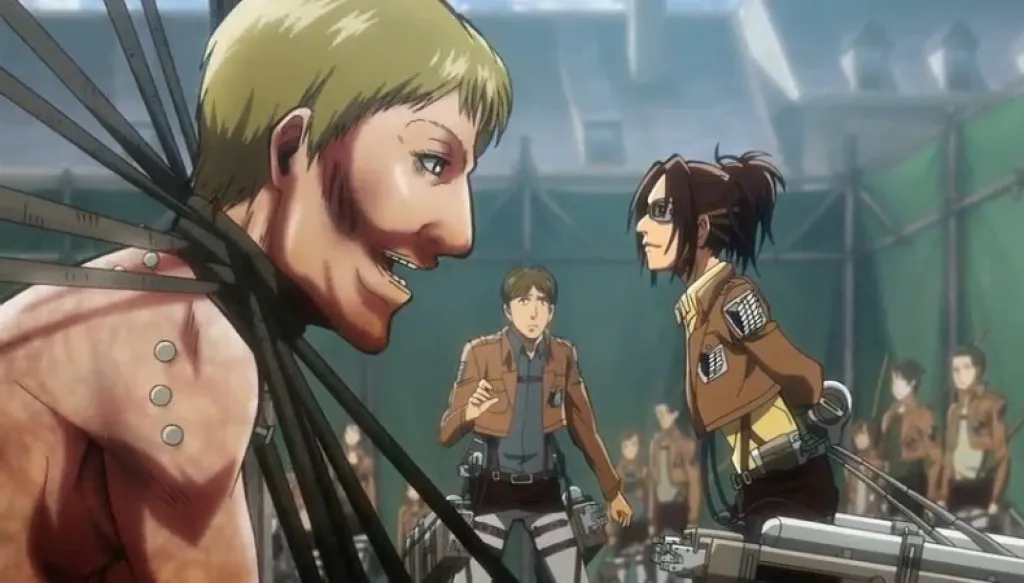
▫ Freedom: A central theme of "Attack on Titan" is the concept of freedom and the limits heroes are willing to cross to achieve it. The fight for freedom from the terror of Titans and corrupt internal power structures becomes the driving force for many characters, especially for Eren, who symbolizes the desperate struggle for liberation.
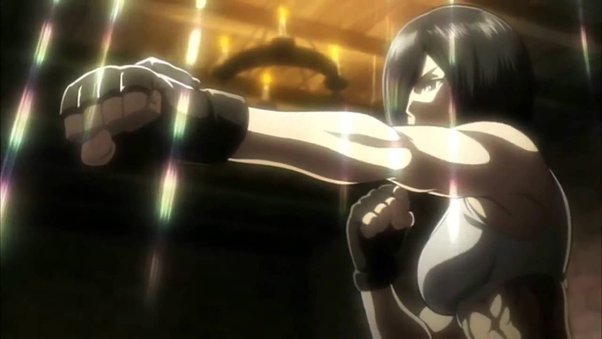

Reception and Controversies of "Attack on Titan"
 Controversies Among Fans
Controversies Among Fans
"Attack on Titan" was enthusiastically received by both fans and critics, earning cult status in the anime and manga world. However, the ending of the series sparked divided opinions among the audience and critics, becoming one of the most controversial moments in the entire history of the series.
For many fans, the ending was unexpected and deviated from previously developed expectations and theories, leading to discussions about a satisfying resolution to the complex narrative threads. Some praised the series for its bold and unpredictable conclusion that left a lasting impression, while others expressed disappointment, feeling that not all threads were adequately resolved.
 Controversies in Light of Censorship
Controversies in Light of Censorship
"Attack on Titan" encountered censorship and broadcasting bans in some countries for various reasons. The controversies often concerned the depiction of violence, political and social allegories that could be seen as sensitive or inappropriate by some governments or social groups.
▫ Broadcasting Ban in Some Countries: For example, in China, "Attack on Titan" was placed on a list of banned anime series due to its depiction of violence, fear, and certain political content deemed inconsistent with the norms and values promoted by censorship. Similar cases occurred in other countries, where content considered controversial or inappropriate led to restrictions on access to the series.
 ▫ Other Controversial Issues: The series was also the subject of debates regarding its portrayal of war, nationality, and history, which in some cases were interpreted as commentary on real conflicts and historical tragedies. These deeply rooted themes prompted discussions about the responsibility of creators for the content presented and the potential impacts it could have on viewers.
▫ Other Controversial Issues: The series was also the subject of debates regarding its portrayal of war, nationality, and history, which in some cases were interpreted as commentary on real conflicts and historical tragedies. These deeply rooted themes prompted discussions about the responsibility of creators for the content presented and the potential impacts it could have on viewers.
Summary
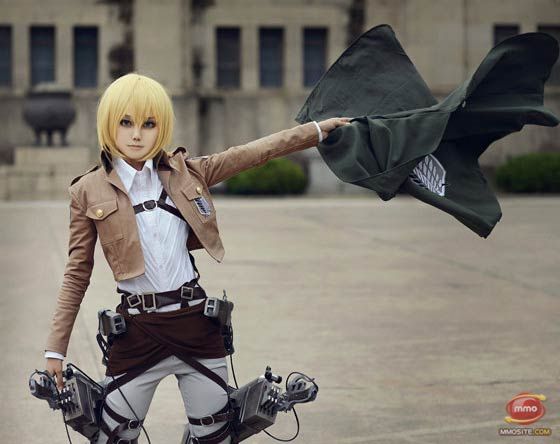
The series' impact on the anime industry is undeniable. Through its bold approach to narrative and style, "Attack on Titan" has inspired a new generation of creators to explore challenging topics and experiment with form. Fans are drawn to its unique blend of emotion, action, and philosophy, making the series more than just entertainment – it becomes a source of reflection on human nature and society.
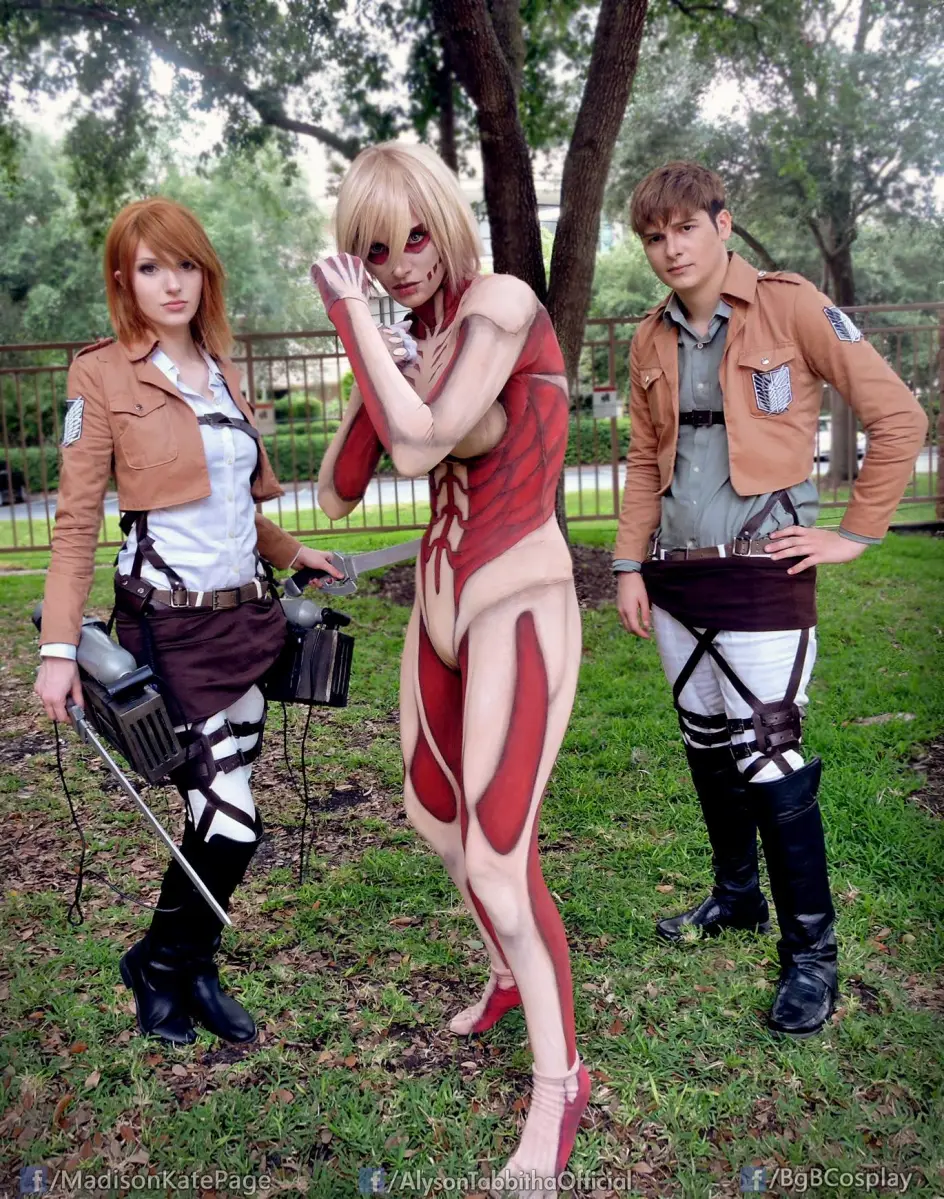
And for many years to come, people will ponder and seek answers to the difficult question: what made this anime so special? Just as I have in this article. The answers they find in the future may determine how "Attack on Titan" will shape the next anime titles of the latter half of the 2020s.
>> SEE ALSO OTHER ARTICLES
Journey through the diverse worlds of anime: A compendium of genres and sub-genres
Anime versus Cartoons: How do they differ from each other?
Reassessing Morality in Death Note: Unraveling the True Nature of Light Yagami
Akihabara - The Insane Epicenter of Otaku, Retro Gaming, and Just Plain Weirdness
"Strong Japanese Women"
see book by the author
of the page
未開 ソビエライ
An enthusiast of Asian culture with a deep appreciation for the diverse philosophies of the world. By education, a psychologist and philologist specializing in Korean studies. At heart, a programmer (primarily for Android) and a passionate technology enthusiast, as well as a practitioner of Zen and mono no aware. In moments of tranquility, adheres to a disciplined lifestyle, firmly believing that perseverance, continuous personal growth, and dedication to one's passions are the wisest paths in life. Author of the book "Strong Women of Japan" (>>see more)
Personal motto:
"The most powerful force in the universe is compound interest." - Albert Einstein (probably)
Mike Soray
(aka Michał Sobieraj)
未開 ソビエライ
An enthusiast of Asian culture with a deep appreciation for the diverse philosophies of the world. By education, a psychologist and philologist specializing in Korean studies. At heart, a programmer (primarily for Android) and a passionate technology enthusiast, as well as a practitioner of Zen and mono no aware. In moments of tranquility, adheres to a disciplined lifestyle, firmly believing that perseverance, continuous personal growth, and dedication to one's passions are the wisest paths in life. Author of the book "Strong Women of Japan" (>>see more)
Personal motto:
"The most powerful force in the universe is compound interest." - Albert Einstein (probably)
Mike Soray
(aka Michał Sobieraj)
Write us...
Ciechanów, Polska
dr.imyon@gmail.com
___________________
inari.smart
Would you like to share your thoughts or feedback about our website or app? Leave us a message, and we’ll get back to you quickly. We value your perspective!
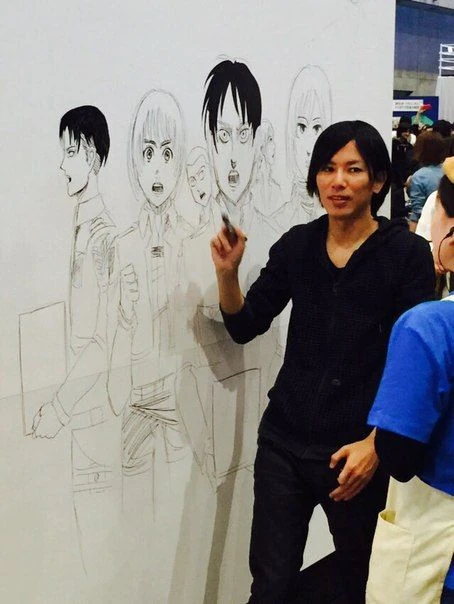 The Author and Beginnings
The Author and Beginnings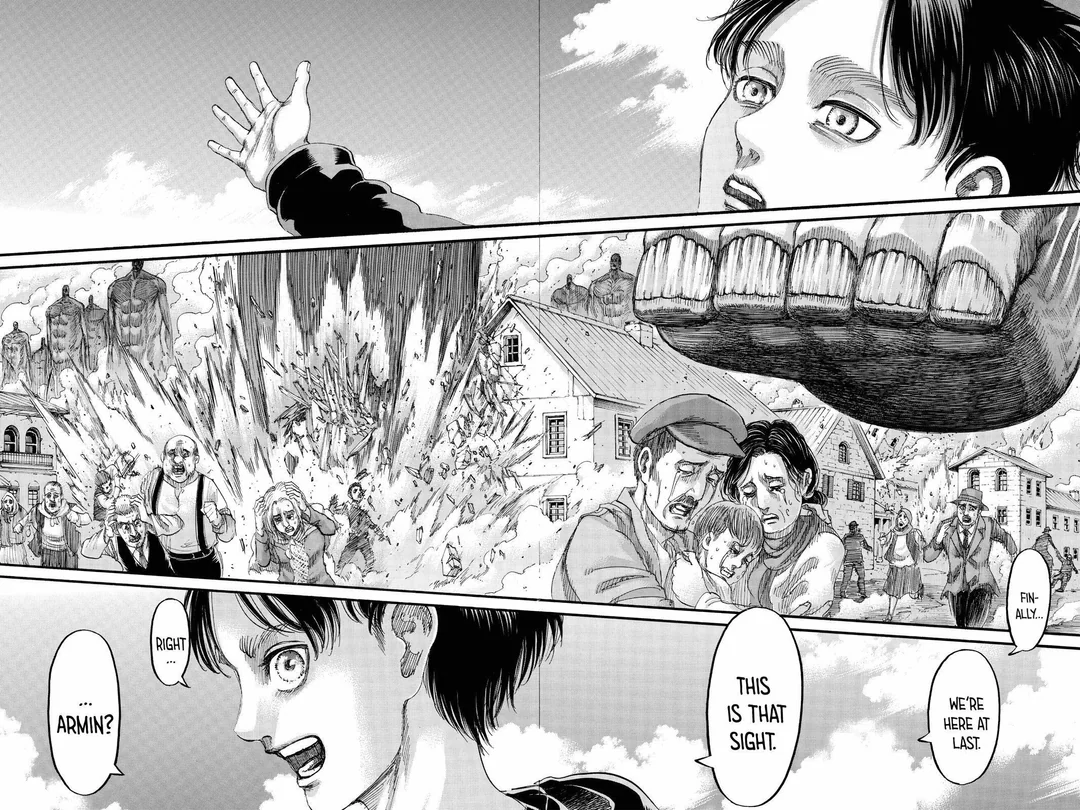 The Story of Creation and Broadcast
The Story of Creation and Broadcast
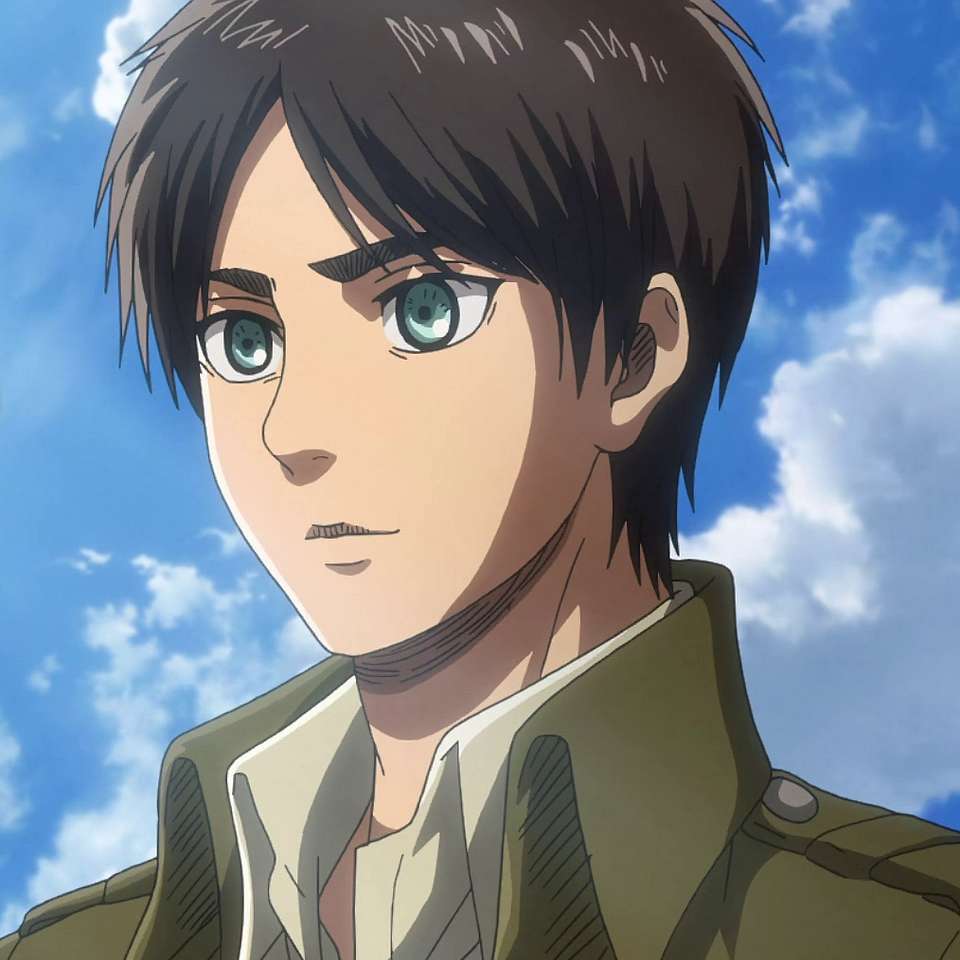 ▫
▫ 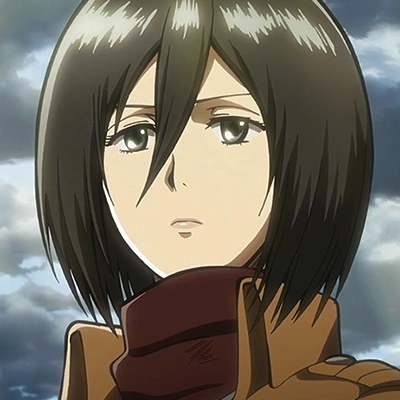 ▫
▫ 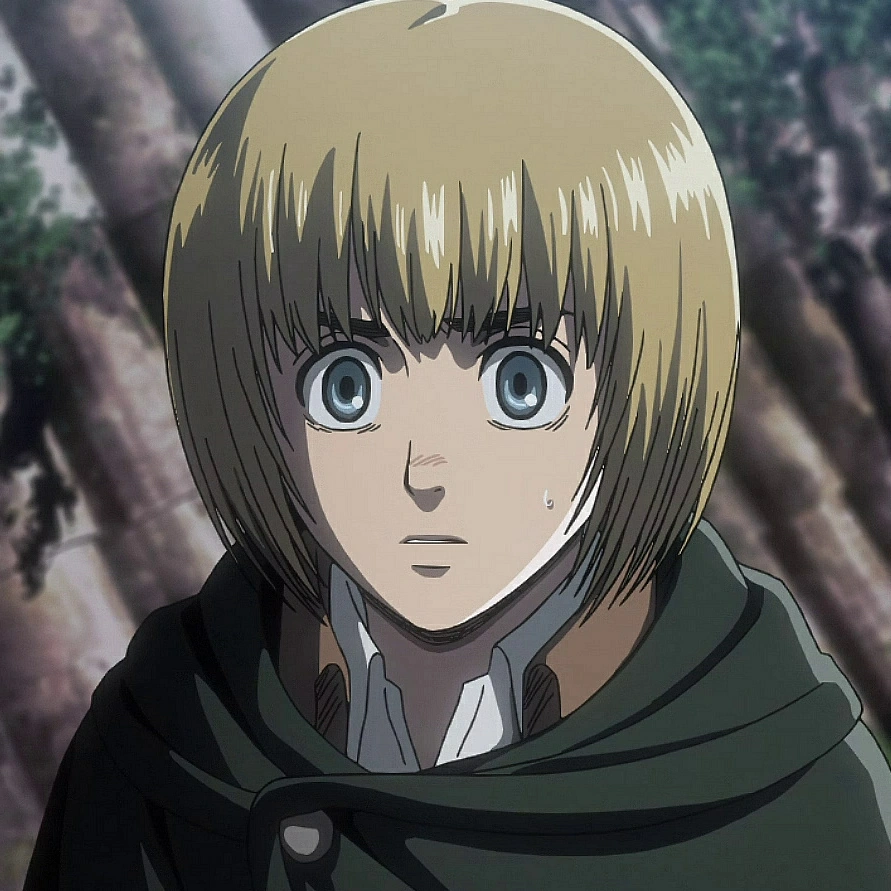 ▫
▫ 





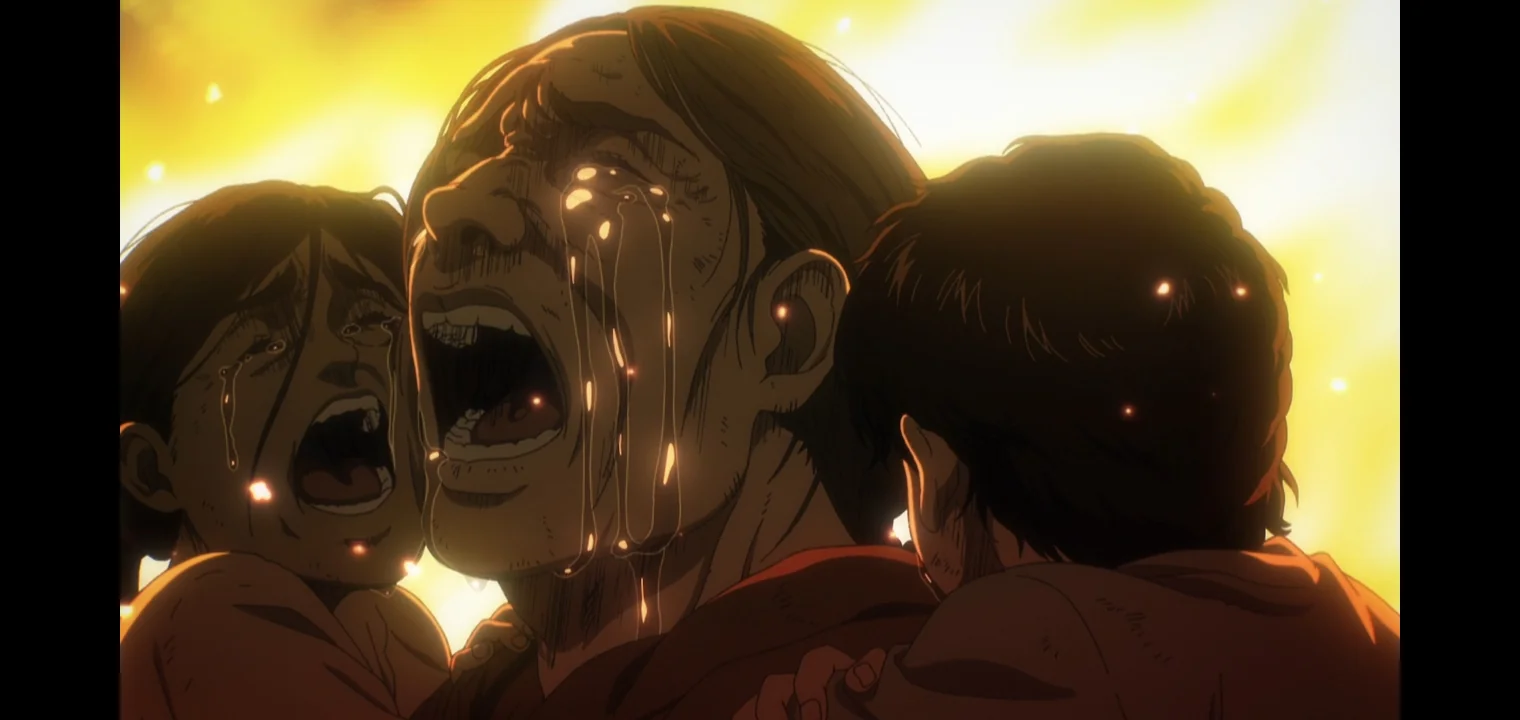 Constant Narrative Pressure
Constant Narrative Pressure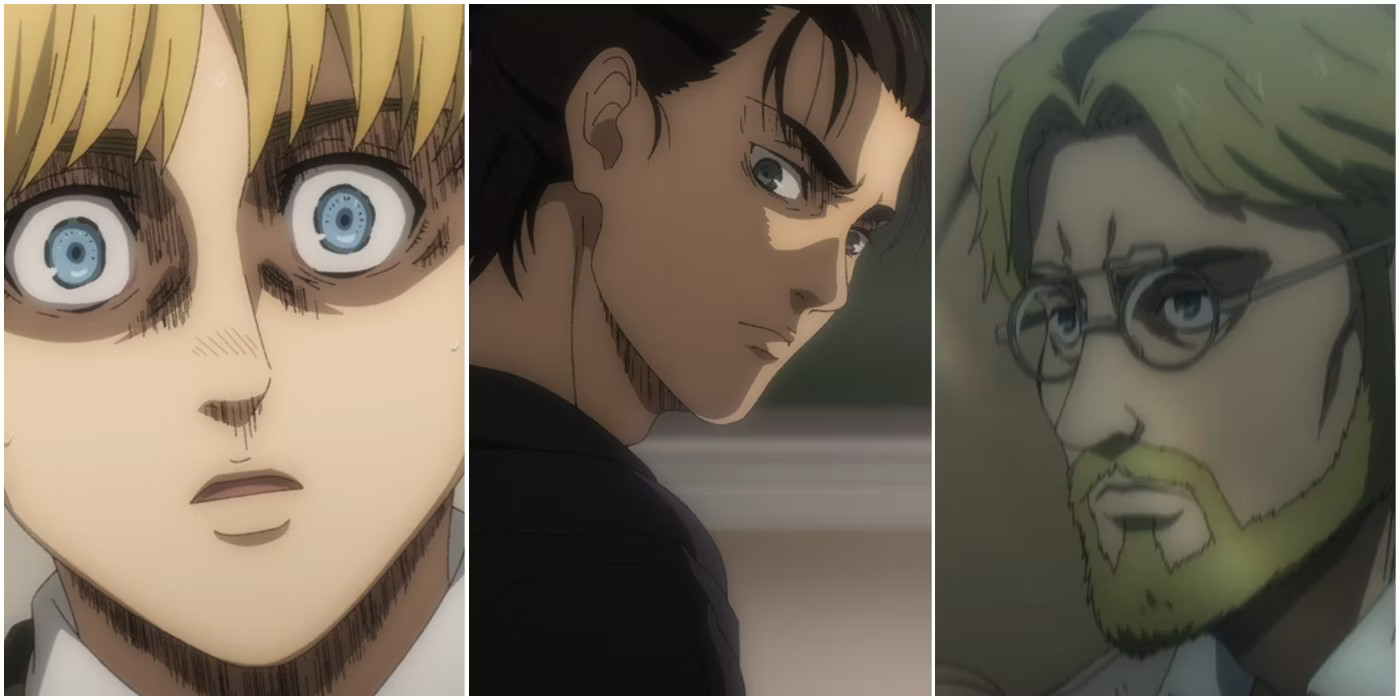 Packed with Surprising Twists
Packed with Surprising Twists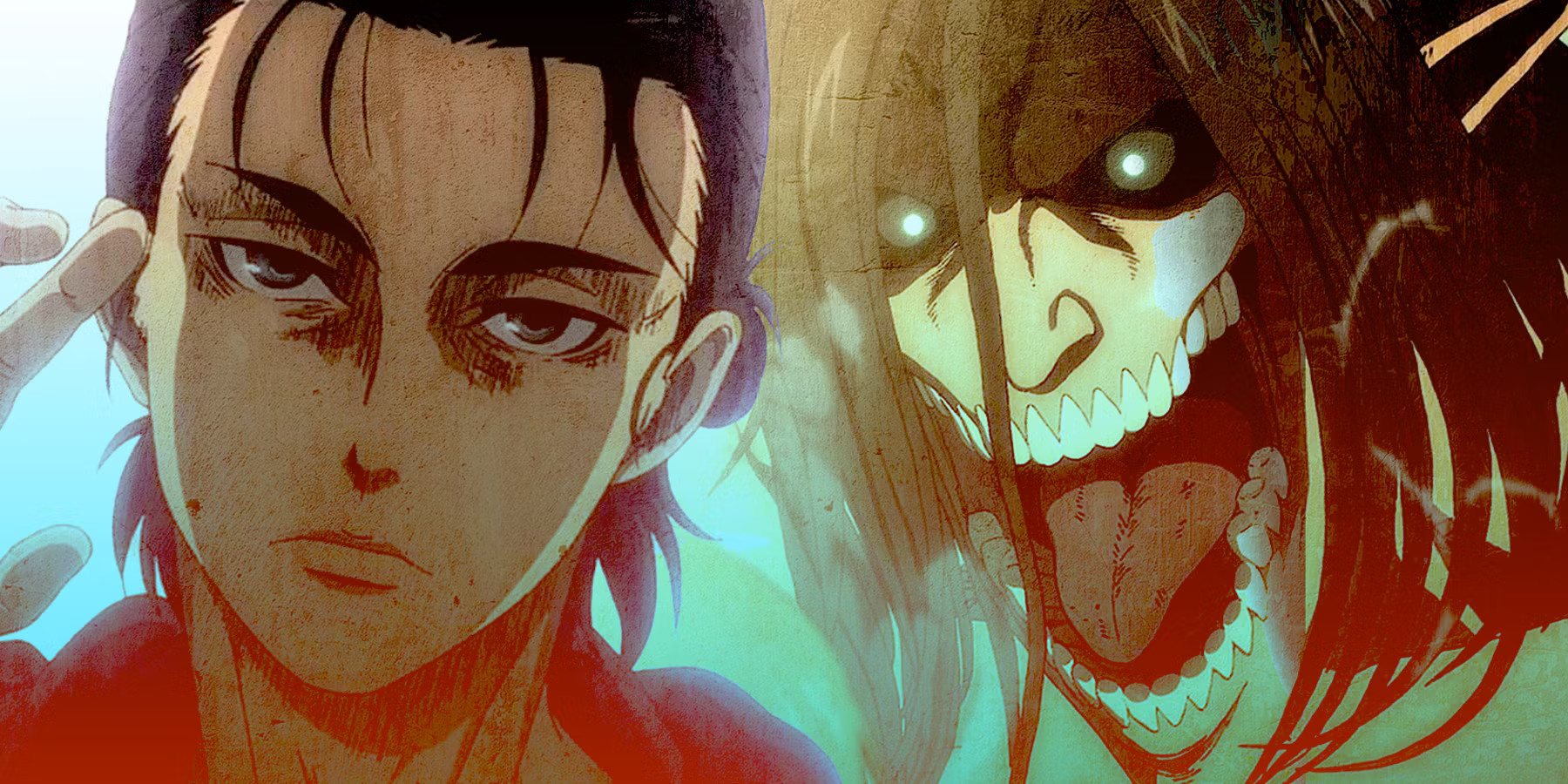 Characters and Their Development
Characters and Their Development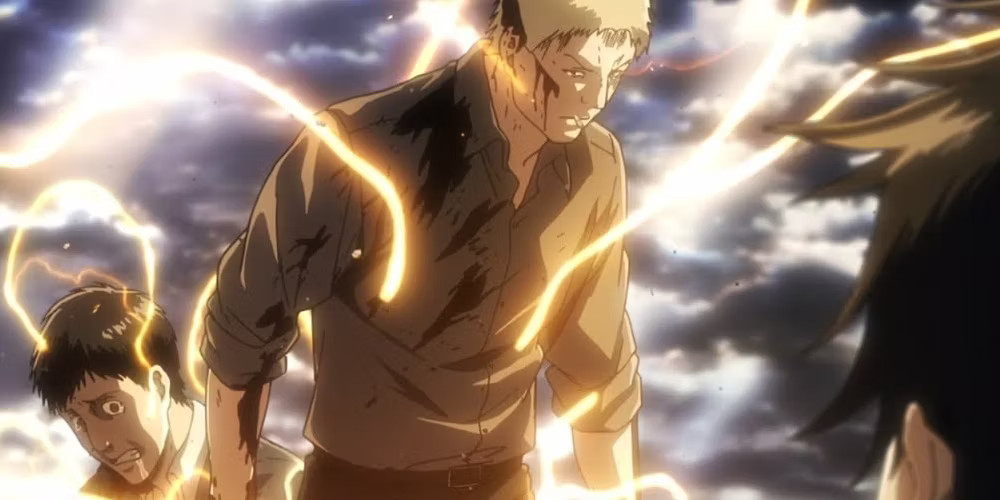 Genre Fusion
Genre Fusion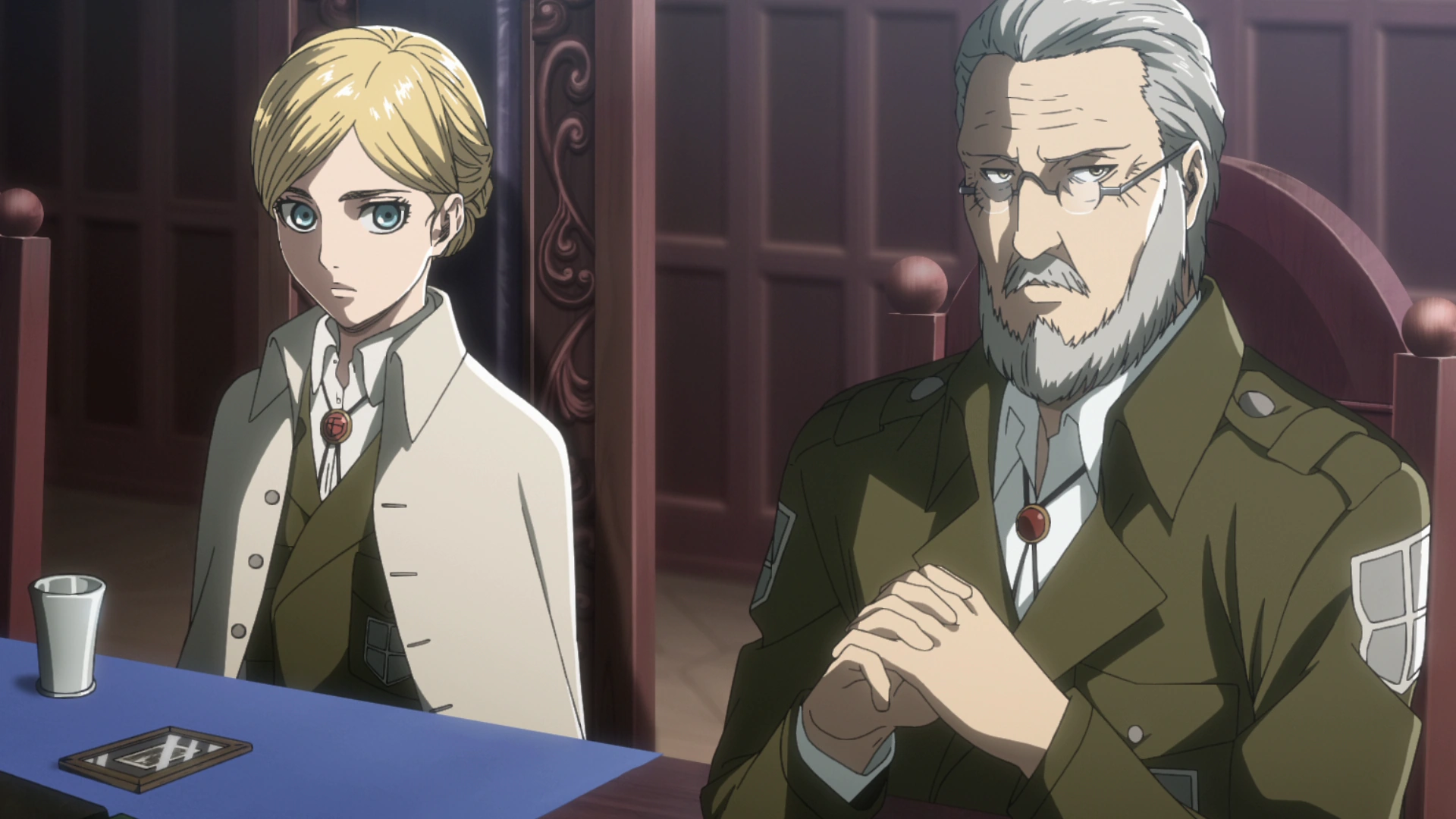 Addressed Social and Political Issues
Addressed Social and Political Issues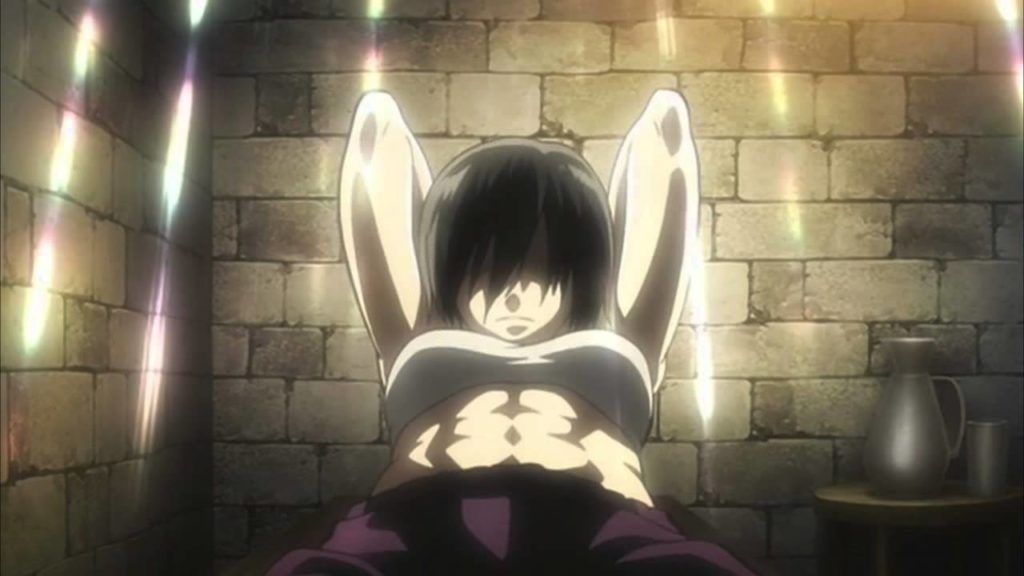
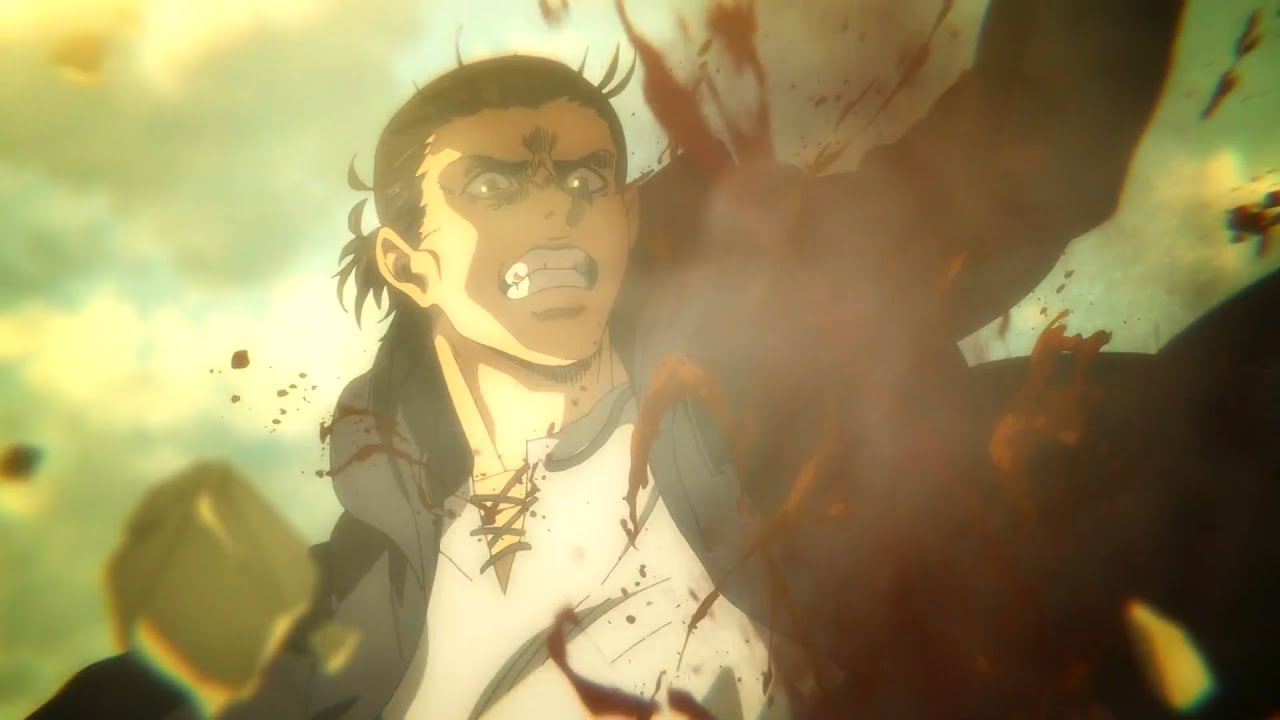 Controversies Among Fans
Controversies Among Fans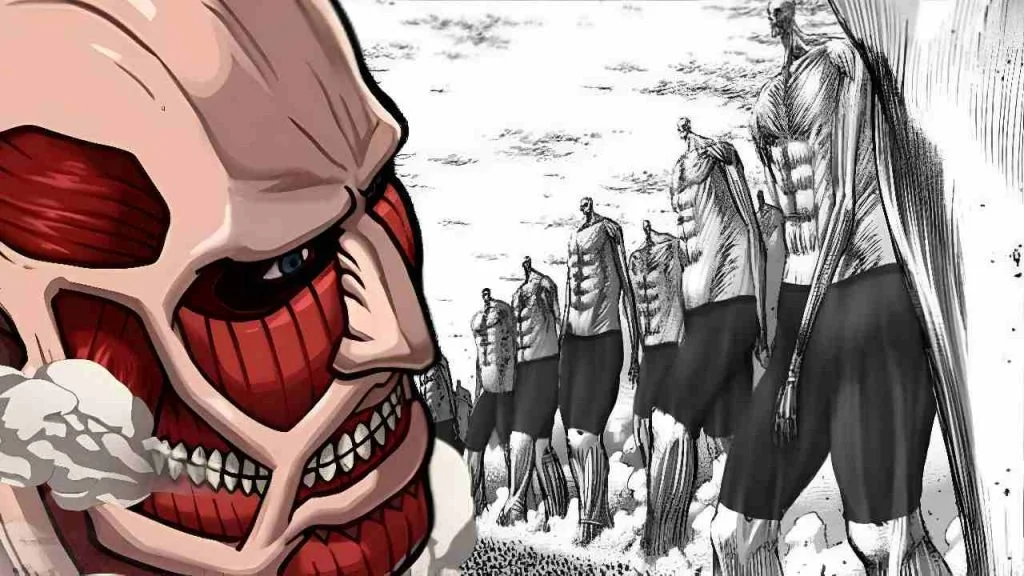 Controversies in Light of Censorship
Controversies in Light of Censorship

